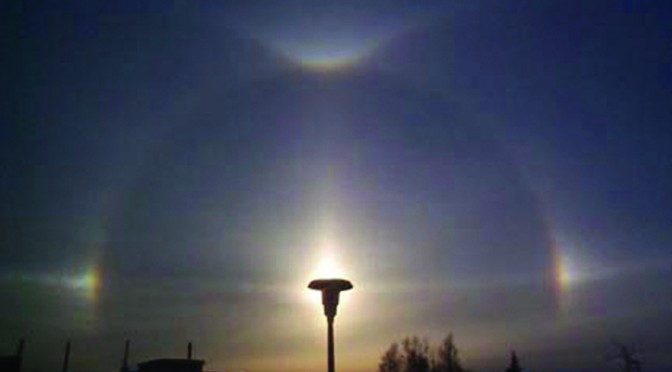Shortwave and long-wave radiation, radiation transfer and global energy budget
This units introduces the concept of radiation transfer, the distinction of shortwave and long-wave radiation, spectral ranges, the interaction between matter and radiation. Furthermore, the global energy budget is discussed.
Learning goal
After successful completion of this unit you will be able to
- sketch the solar and terrestrial radiation
- describe the different behavior of shortwave and long-wave radiation, and their interaction with the atmosphere’s components
- solve simple problems related to shortwave and long-wave radiation processes
- interpret optical phenomena like halo, double rainbows, etc.
- name in which spectral ranges any given target has which characteristic interaction with radiation
- solve problems related to radiation – matter interaction (graduate students)
Students’ Tasks
- Watch this video on the material
- Read chapter 4.3 to 4.5 (only), and 4.6 to 4.6.2 (included) of Lectures in Meteorology
- All students: Participate in the discussion channel of this unit on the discussion board
- Fill out the questionnaire form
- Watch the video of the worked problem (Graduate students)
- Solve the problems assigned at your class level in this unit12 task sheet, scan and submit your solutions by Thursday 2359 to cmoelders@alaska.edu.
Supplemental Material
You can find the powerpoint printout of the video’s slides at this link.
FAQ
Q: Where does the 4 come from in the equation for the shortwave-long-wave equilibrium equation and why do we deal differently with shortwave and long-wave radiation?
A: Watch this video for an explanation
© 2019 Nicole Mölders | All rights reserved

